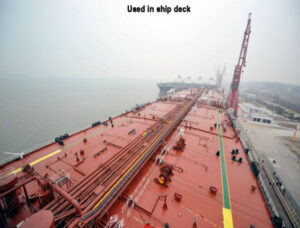During the glue pouring process of fire doors, if bubbles appear in the polyurethane glue, it will not only affect the structural strength of the product, but also reduce the flame retardant effect and bonding strength. The following are common causes of bubbles and corresponding solutions:
Common causes of blistering
Moisture Residue
Polyurethane adhesive is extremely sensitive to moisture. If the substrate is not dry or the moisture content of the adhesive is too high, isocyanate (NCO) will react chemically with water to produce CO₂ gas, which will form bubbles that cannot escape during the curing process.
Improper handling of raw materials
If the rubber contains additives such as surfactants and thickeners, and is not fully stirred or the defoaming agent is not added in time, bubbles are likely to remain after mixing.
Problems with construction technology
Rapid mixing, air entrainment caused by turbulence during injection, or failure to use a vacuum process can all cause bubbles to be trapped inside the colloid.
Solution suggestions
Strictly control the ambient humidity
to keep the relative humidity of the construction environment ≤ 60% to ensure that there is no moisture or condensation on the surface of the substrate.
Adding defoamer or desiccant
Add appropriate amount of defoamer or molecular sieve to the ingredients to reduce the probability of gas generation during the reaction.
To optimize the mixing and pouring process,
it is recommended to use vacuum degassing or vacuum pouring equipment to effectively remove tiny bubbles in the colloid.
If you need higher bonding strength and flame retardant effect, it is recommended to choose professional low-foam polyurethane glue suitable for fire door technology, and use automatic glue filling equipment to achieve continuous, stable and bubble-free filling effect. We can provide you with integrated equipment and process solutions.
If you need detailed technical support, please contact our engineers.




